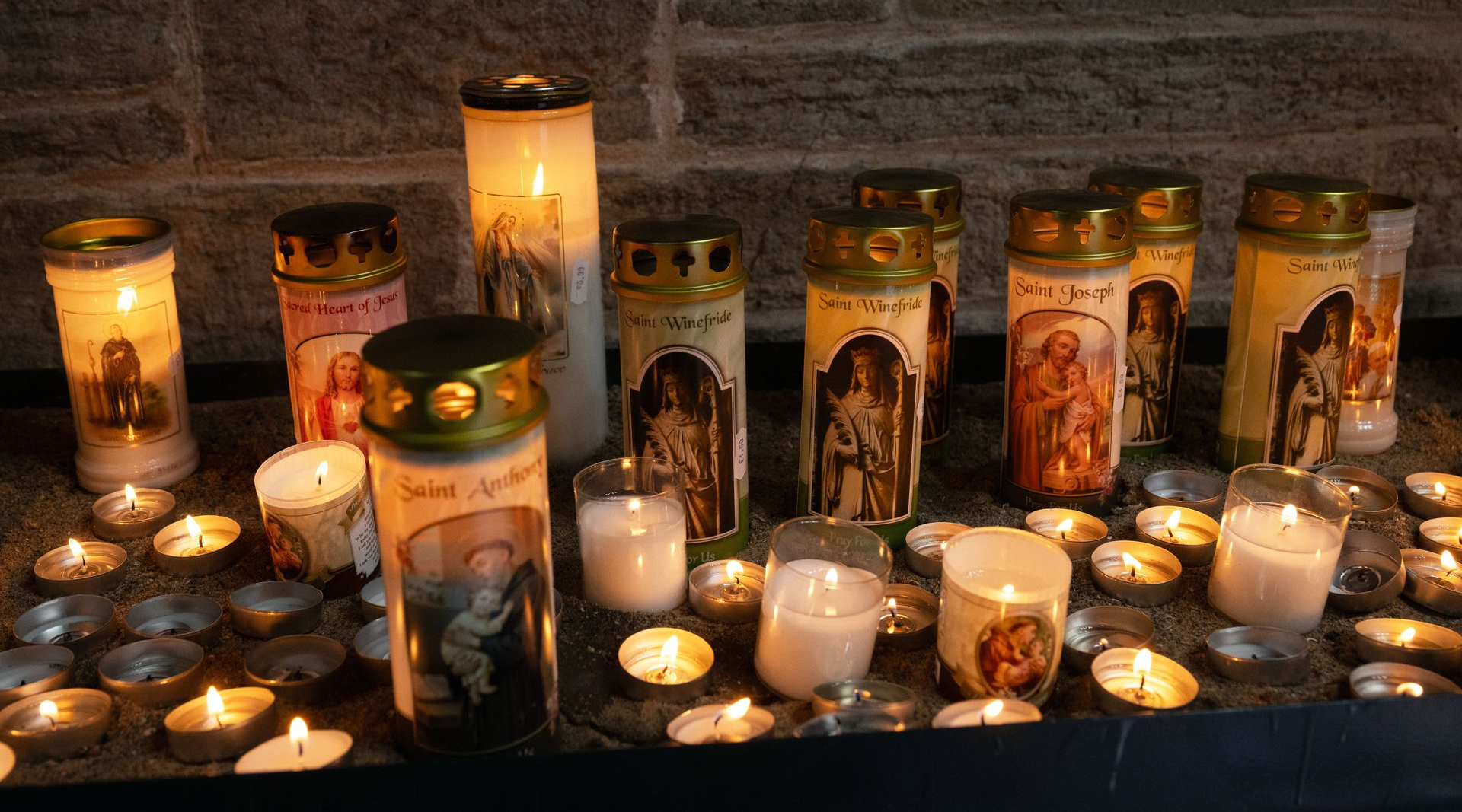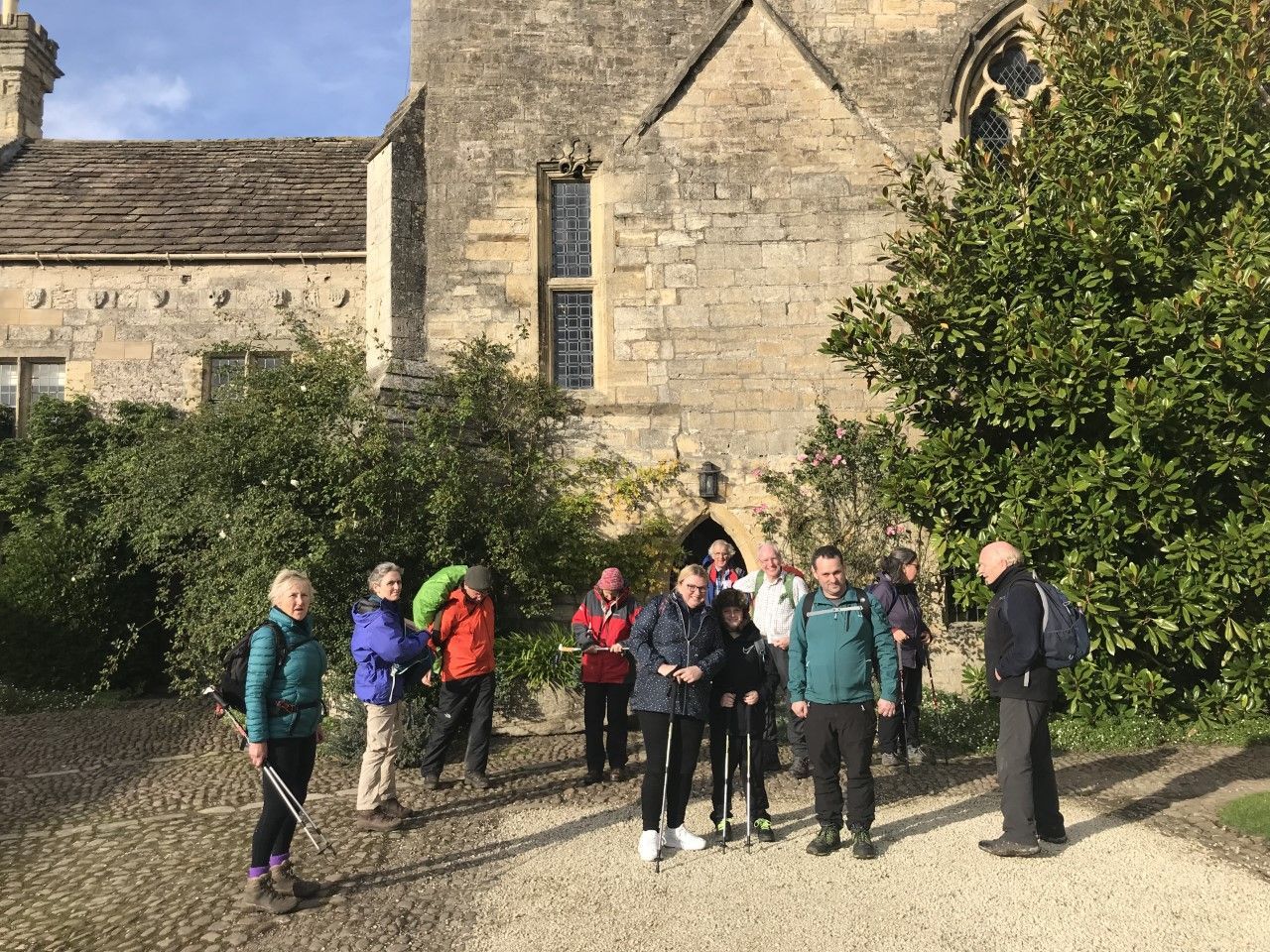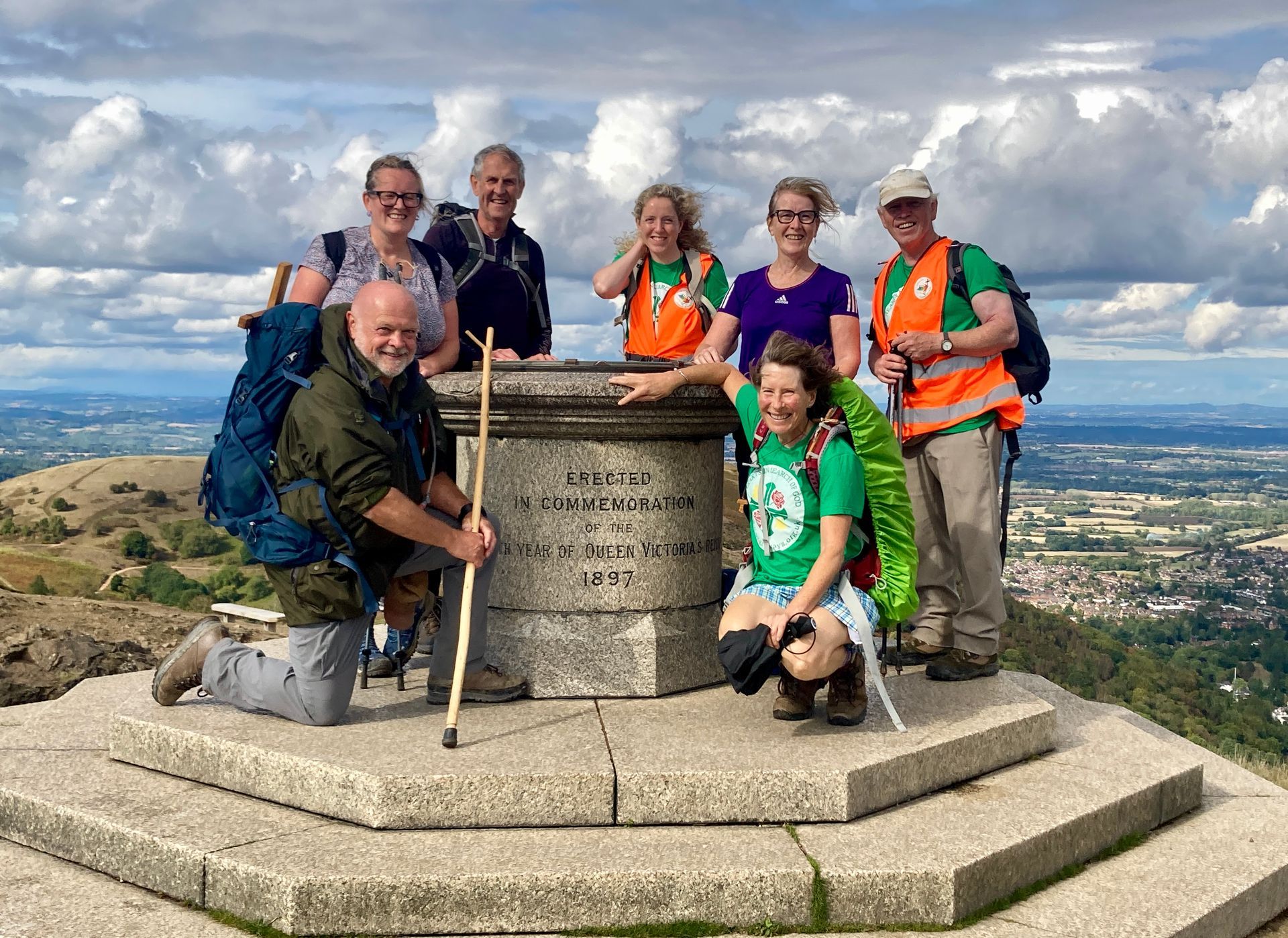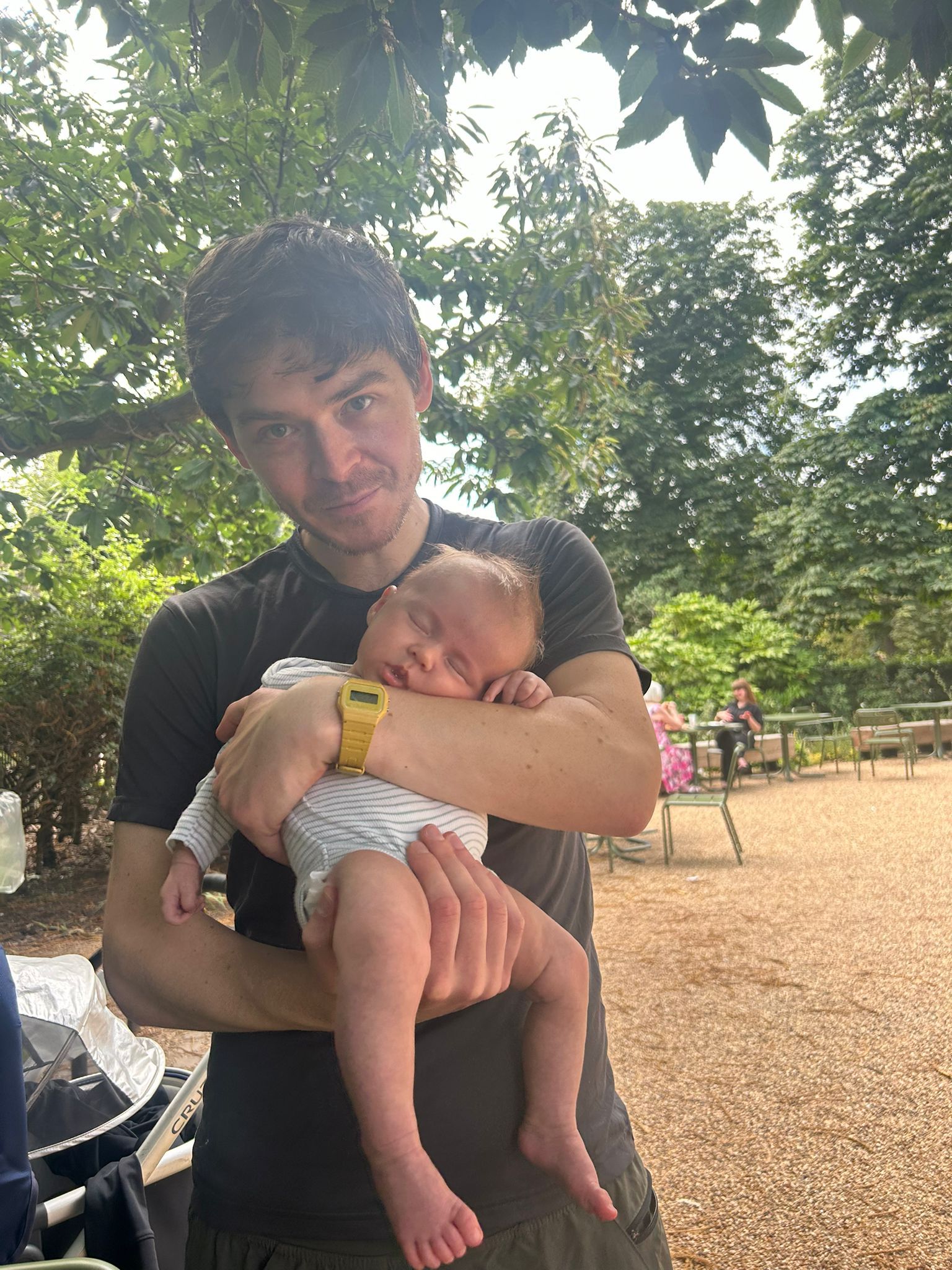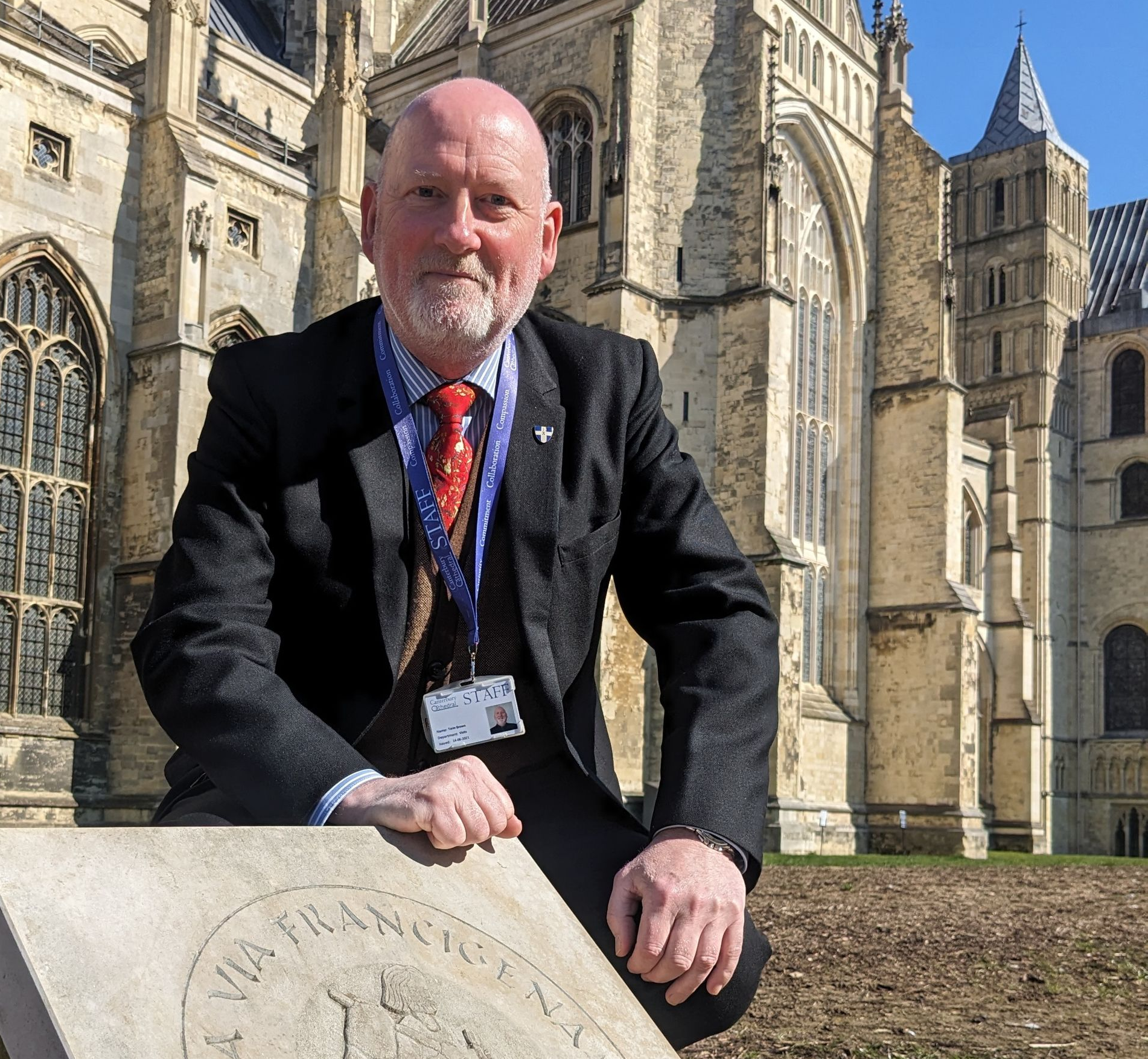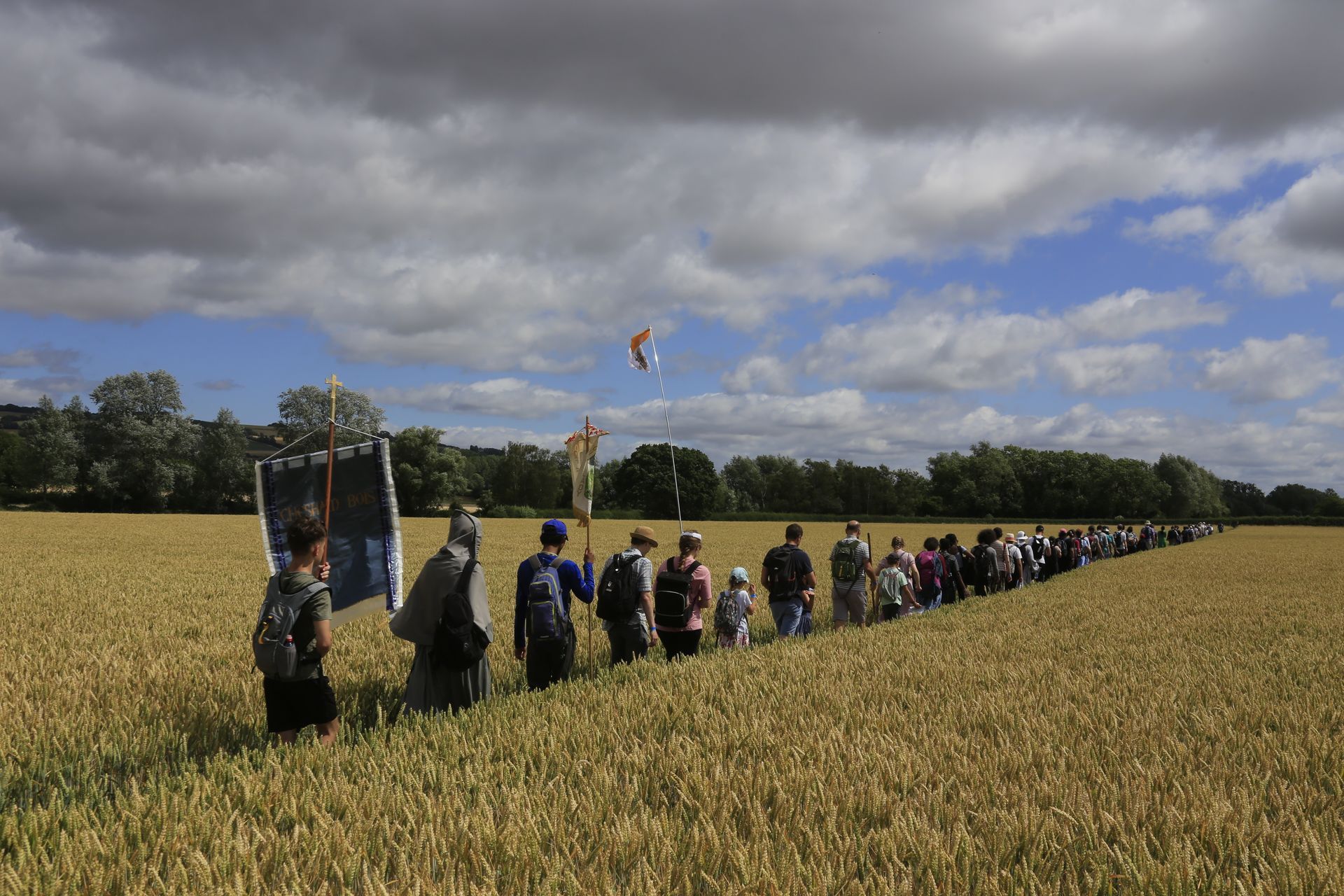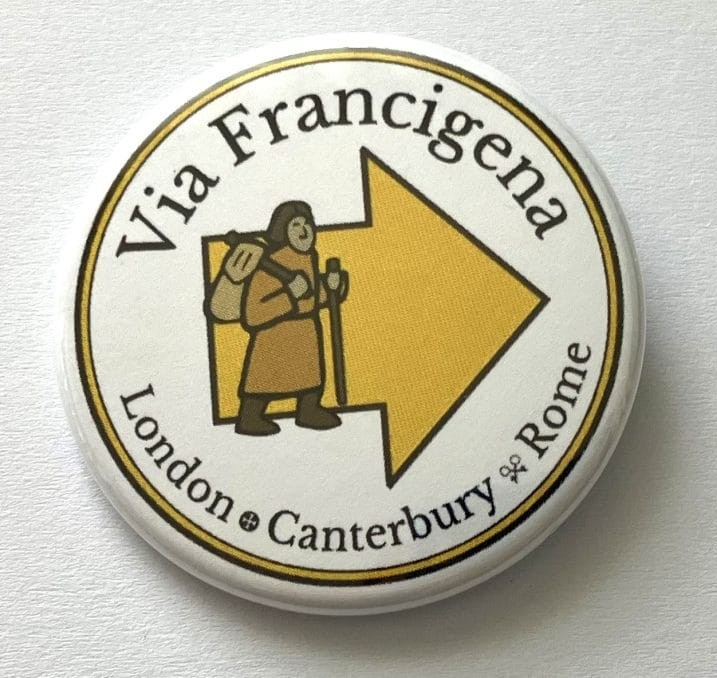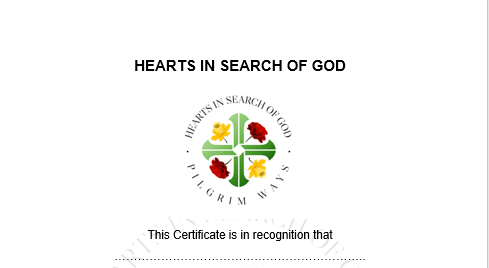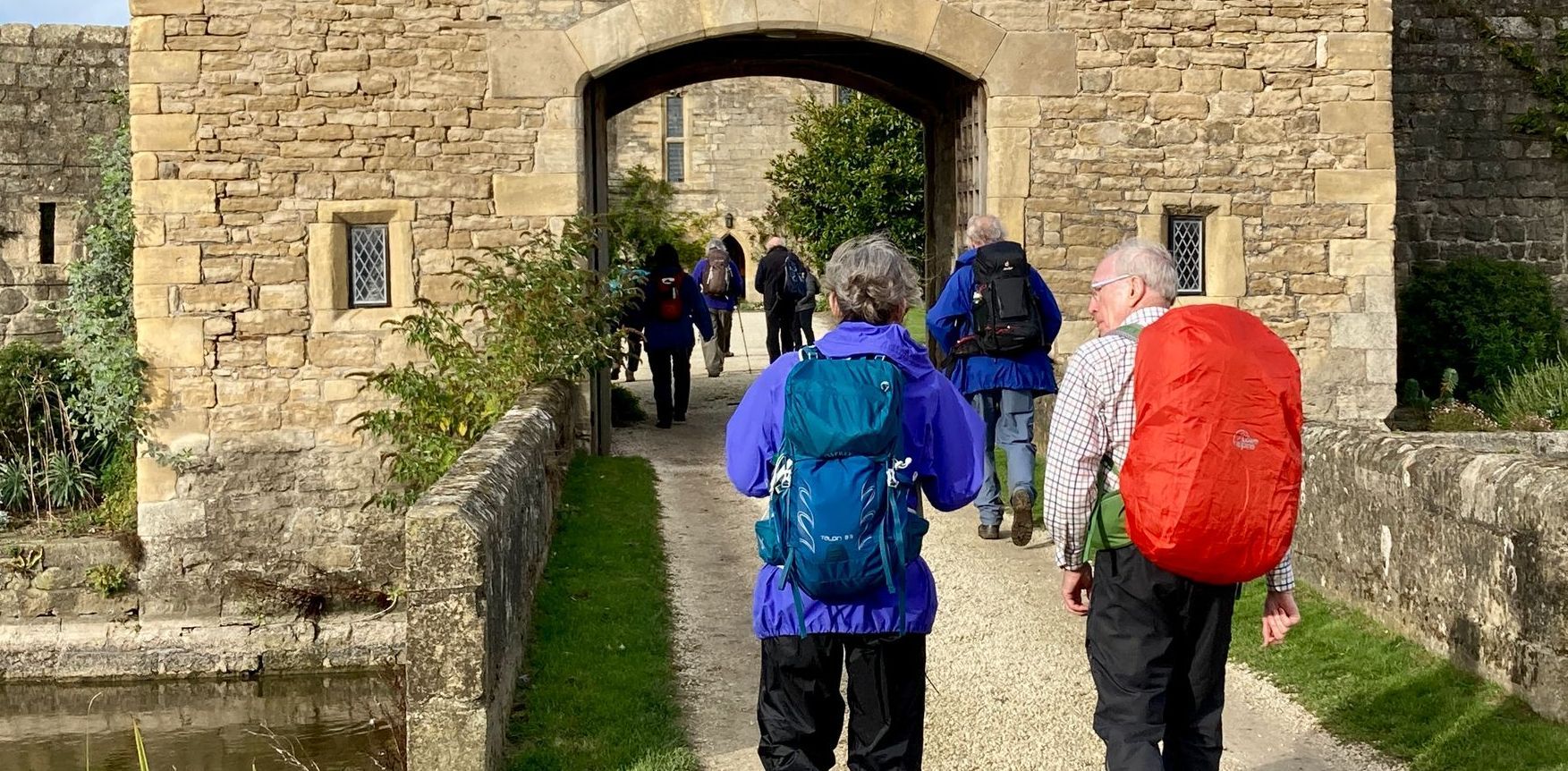Pilgrimage to Bury St Edmunds - Ancient and Modern
Bury St Edmunds is a historic market town in rural Suffolk. It is a town with a strong Catholic heritage and community. I attend St Edmund’s church which is a restored classical church built in 1857 around an original chapel dating from 1760. I have lived in Suffolk all my life. I was born in East Suffolk near the coast and now I live in the West, so I have always taken an interest into our local history, environment and Suffolk’s many churches. I am also keen on the preservation of Suffolk’s many historic churches and buildings.
The whole nation has a long and rich history that needs preservation, and churches in particular tell very personal stories with the many names remembered in plaques and stain-glass windows that are dedicated to loved ones or benefactors. I sometimes feel that Suffolk is overlooked and somewhat neglected, so in this short article, please allow me to bring Suffolk to your attention.
Bury St Edmunds is named after Saint Edmund who was a Christian martyr and king of East Anglia during the mid-9th century, at the same time as the Viking invasion of 865. Edmund was martyred on the 20th of November, 869. It is not known when he was canonised but in 1020 King Canute established a Benedictine Abbey around his resting place. It is a little-known fact that King Edmund was the original Patron Saint of England until 1350, when he was replaced by St George. There have been local campaigns to restore St Edmund as the patron saint but I wouldn’t propose changing the English flag because both saints deserve recognition.
The Abbey of St Edmund was a pilgrimage destination for people from all over Europe, including kings and nobles who helped the Abbey to grow in wealth, which unfortunately drew resentment and made it a prime target for Henry VIII. The abbey was closed in 1539 during the dissolution of the monasteries and although it was eventually dismantled the ruins of the Abbey still stand. In 1959 a church that existed in the grounds of the Abbey was extended into an Anglican Cathedral. The tale of the Abbey is a lesson of what happens when historic monuments and buildings are destroyed: they are lost to history and their loss has wider effects on the surrounding town’s economy and reputation forever more.
Last year we celebrated the 1000th anniversary of the Abbey, postponed from 2020 because of the Covid-19 pandemic. The celebrations involved an entire year of events including three pilgrimages to St Edmundsbury Cathedral from Ely Cathedral, St Benet’s Abbey in Norfolk and Chevington village just outside of Bury St Edmunds. The celebrations culminated with the Feast of St Edmund on the 20th of November along with a light display that projected images telling the story of the Abbey onto the Norman tower besides the cathedral. A twenty-minute documentary about the Abbey 1000 celebrations was made and can be watched here.
The Abbey 1000 events demonstrated another aspect of my town: the relationship between Anglicans and Catholics. In Bury St Edmunds we come together, celebrating our joint history and heritage that we both hold so dear. This is something that is important to me as I feel myself to be a communion of Catholic and Anglican, for I was baptised a Catholic but confirmed in our local village Anglican church.
I feel that if history was different, if the Abbey had not been closed and dismantled, if it had remained intact till this day, then Bury St Edmunds would be a different place and its reputation as a pilgrimage destination in England and Europe would still be strong. So Bury St Edmunds is worth a visit when making a pilgrimage to Walsingham. We do not have a Catholic cathedral, but the Anglican St Edmundsbury Cathedral lists local pilgrimage options as well as a virtual tour where you can learn about the life and history of the Abbey.
Close by and across the border to Norfolk is Thetford, where you can see ruins of Thetford Priory and the Church of the Holy Sepulchre. These ruins not only tell the history of East Anglia but are poignant reminders that England has suffered a turbulent history, first under Henry VIII’s dissolution of the monasteries, then again from the iconoclasm during the English Civil War.
So please remember Bury St Edmunds the next time you plan your pilgrimage and take some time to appreciate our history. St Edmundsbury Cathedral has a very good restaurant called the ‘Pilgrim’s Kitchen’, and if you arrive early enough then I thoroughly recommend ‘Eggs Benedict’ for breakfast! Further information about the Abbey of Saint Edmund can be found at:
Bury St Edmunds Abbey | English Heritage
Abbey of St Edmund Heritage Partnership
